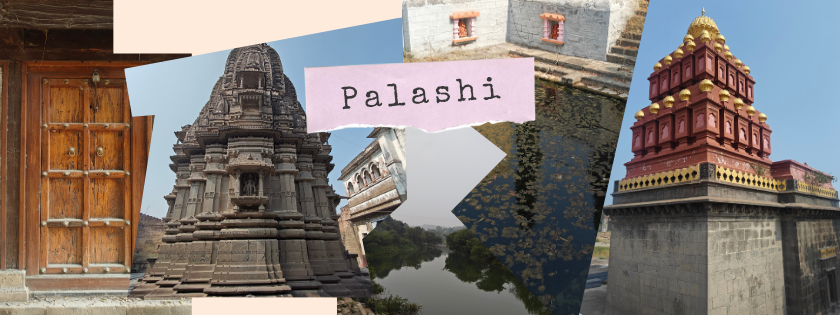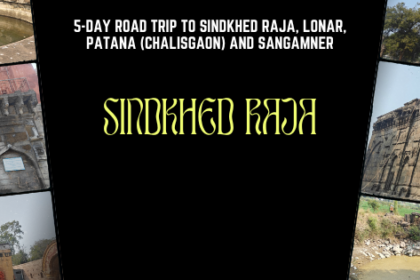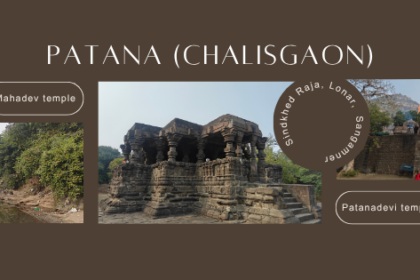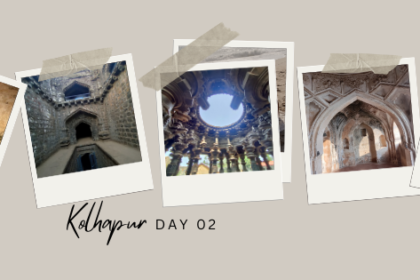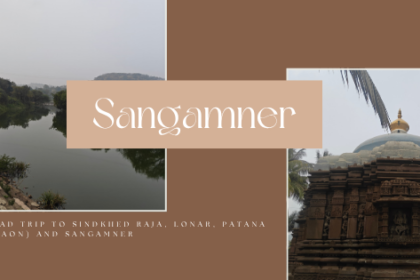To read the previous blog on Day 4: Sangamner, click here.
On the final day, we explored Palshi. Situated 12 km north of Parner Taluka, Ahilyanagar district (Ahmednagar), Maharashtra, the village of Palashi stands out for its rich historical heritage. Palashi Fort is a land fort (Bhuikot). The village occupies roughly half of the fort’s interior, primarily on the western side. The eastern portion is scattered with the remains of old structures—likely the ruins of the original fort constructions—hinting at its storied past.
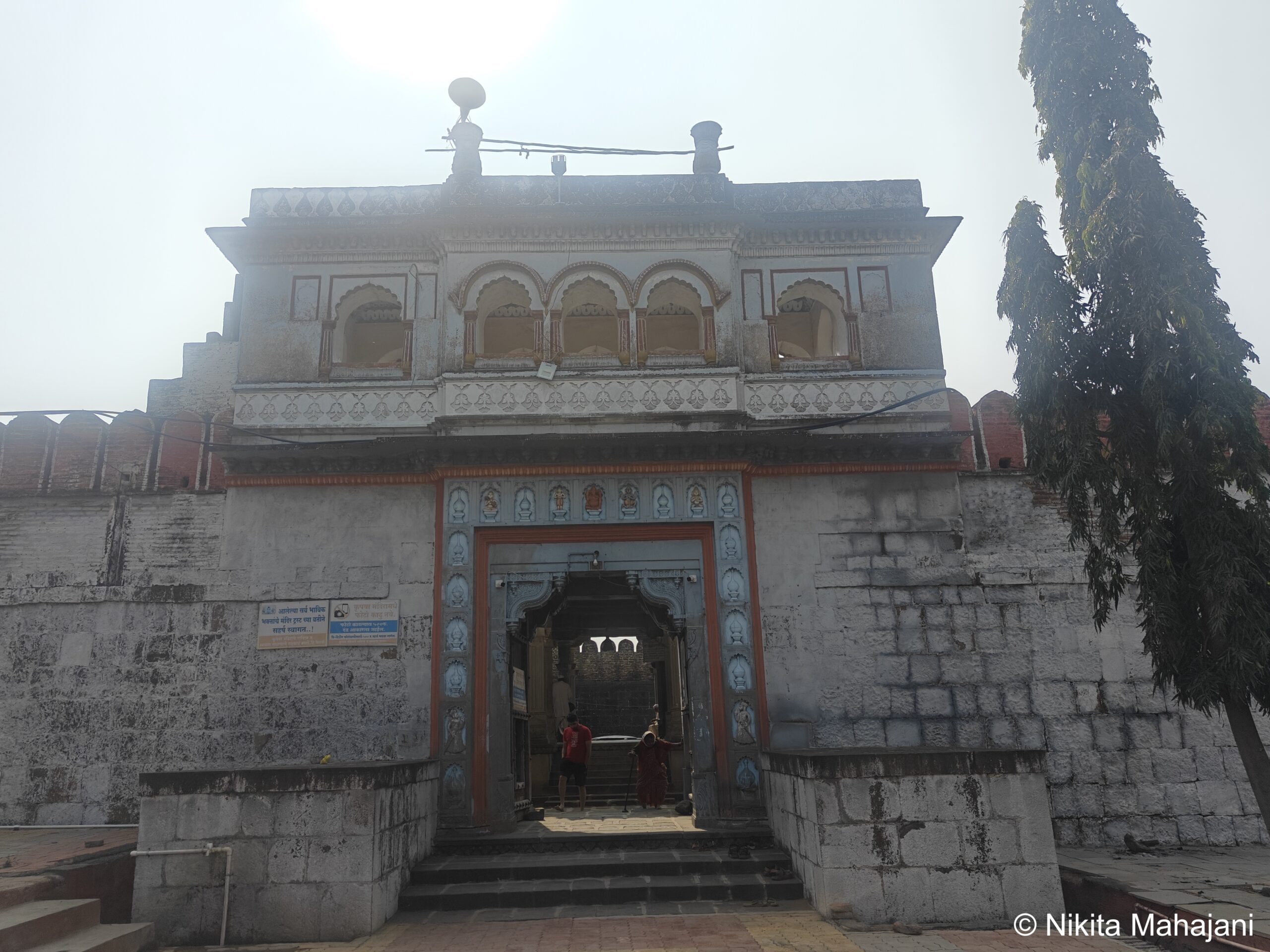
The gateway of the Ancient Vithal Mandir offers a preview of what’s inside, adorned with carvings and motifs typical of Maratha-era temple architecture. Entering the complex, visitors immediately ascend a flight of steps that leads to the mandapa, which is supported by eighteen intricately carved pillars—each said to symbolize one of the eighteen Puranas. These pillars feature four lamp brackets each and are decorated with geometric designs.
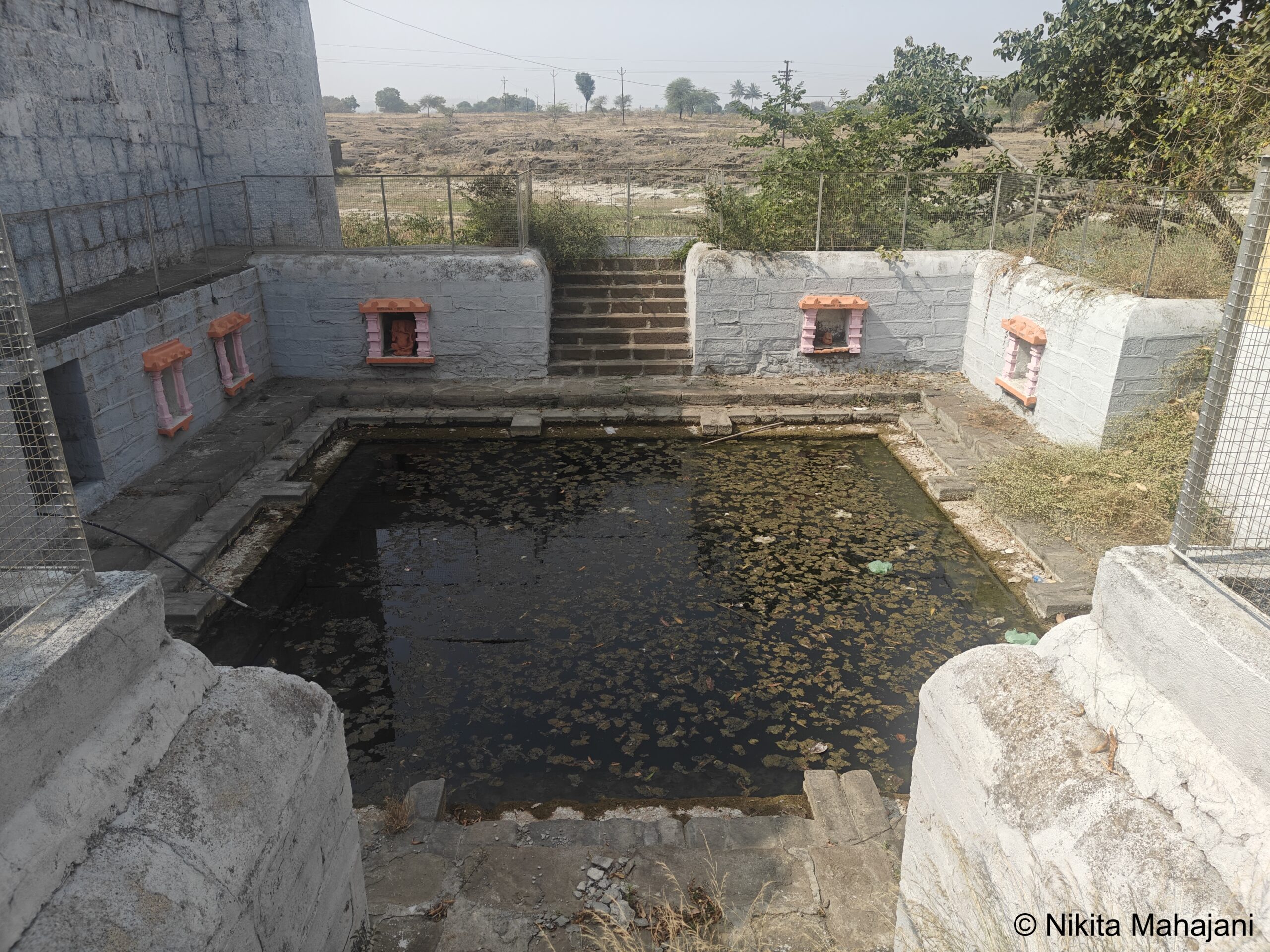
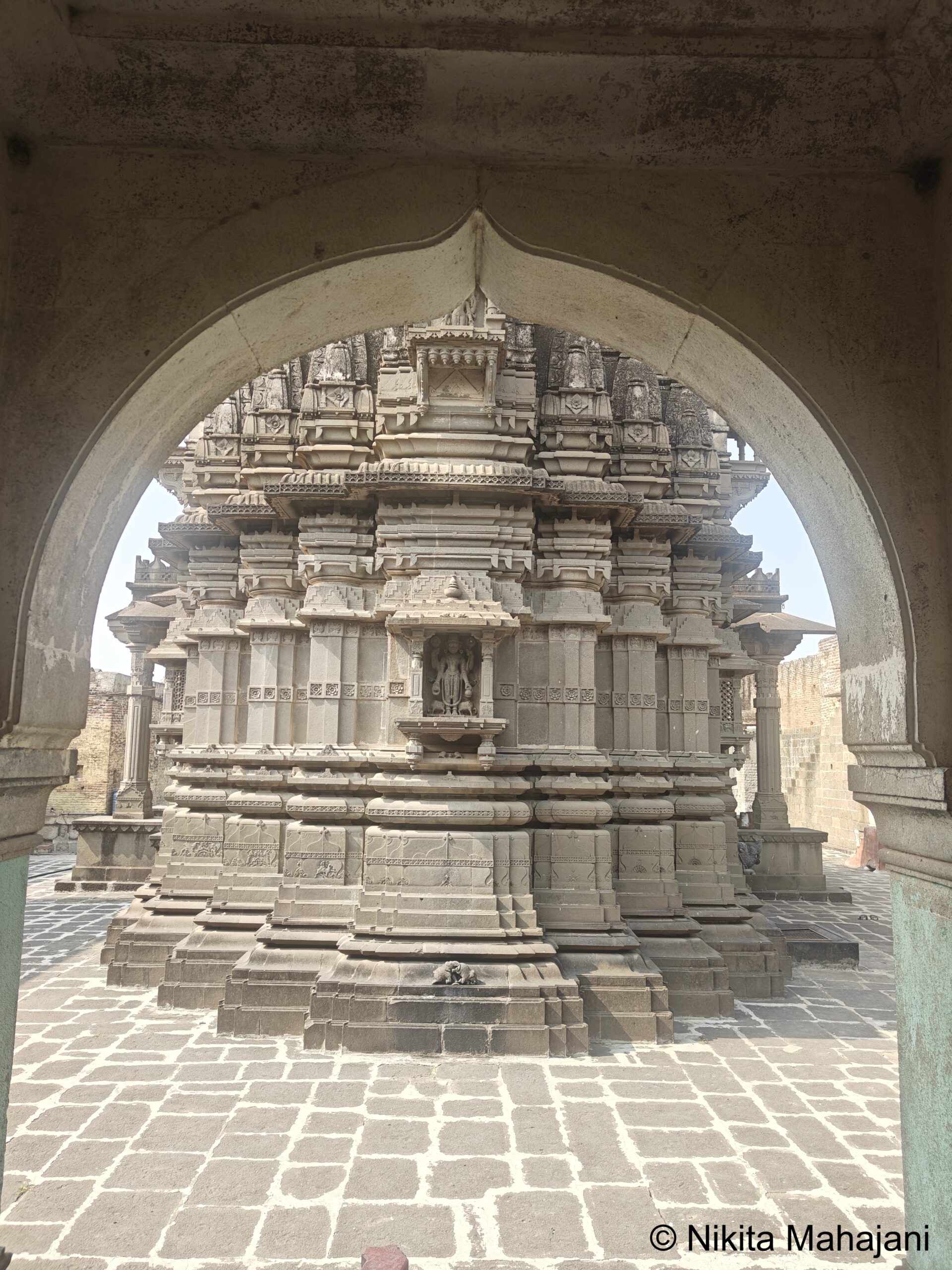
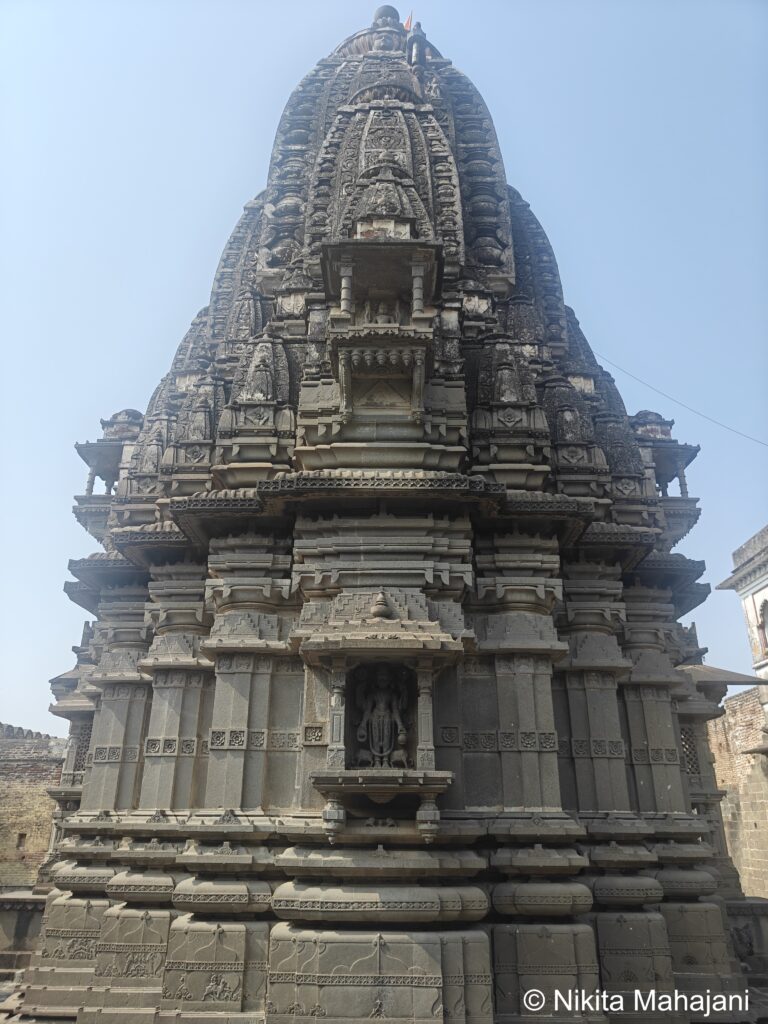
The exterior of the temple is equally captivating, with beautifully detailed carvings both at ground level and higher up. Visitors can reach the upper level via a staircase built into the perimeter wall. On the east-facing side—the outer wall of the sanctum—you’ll find carvings of Surya positioned lower, and Indra, the guardian of the east, placed above him.
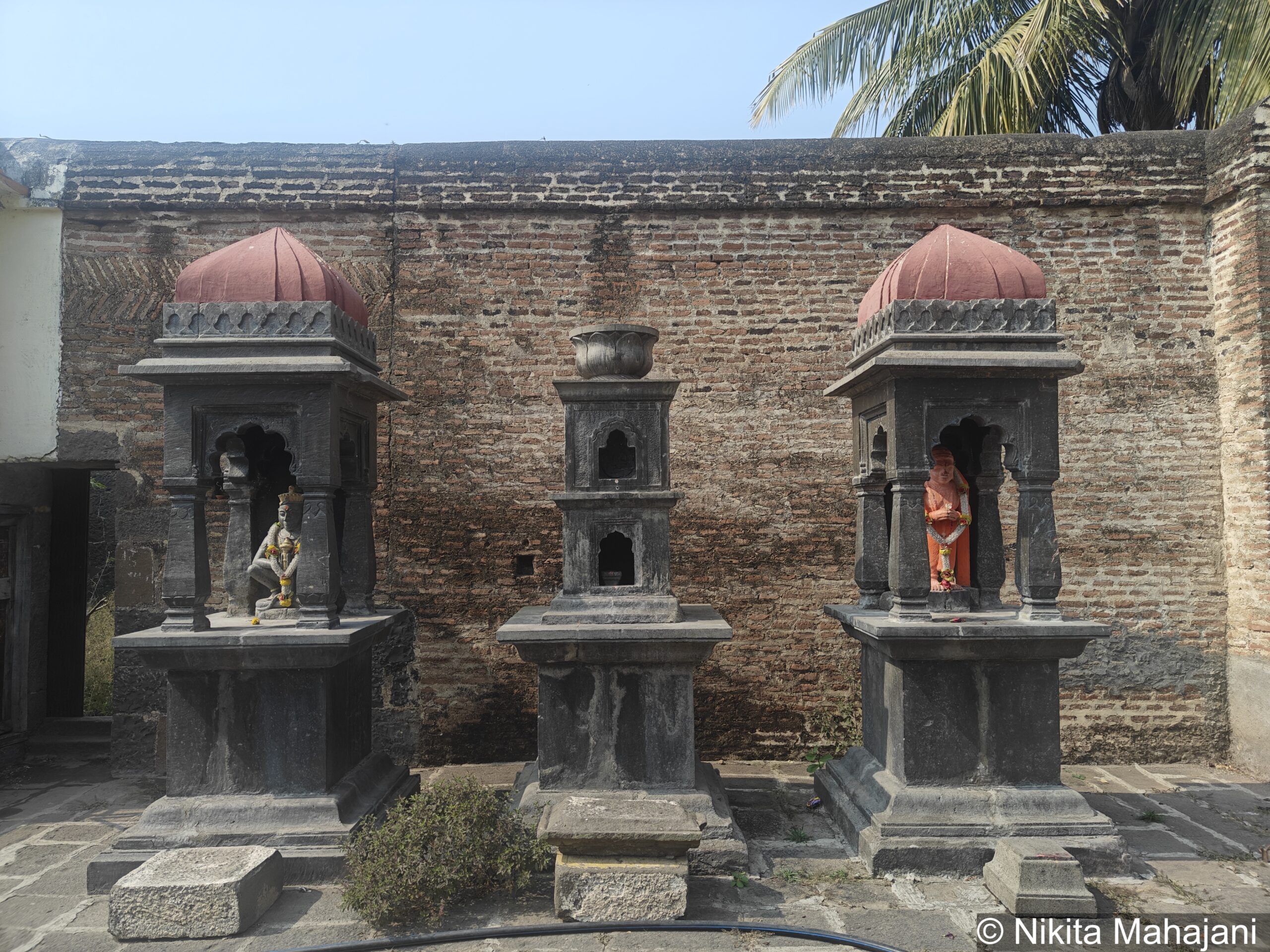
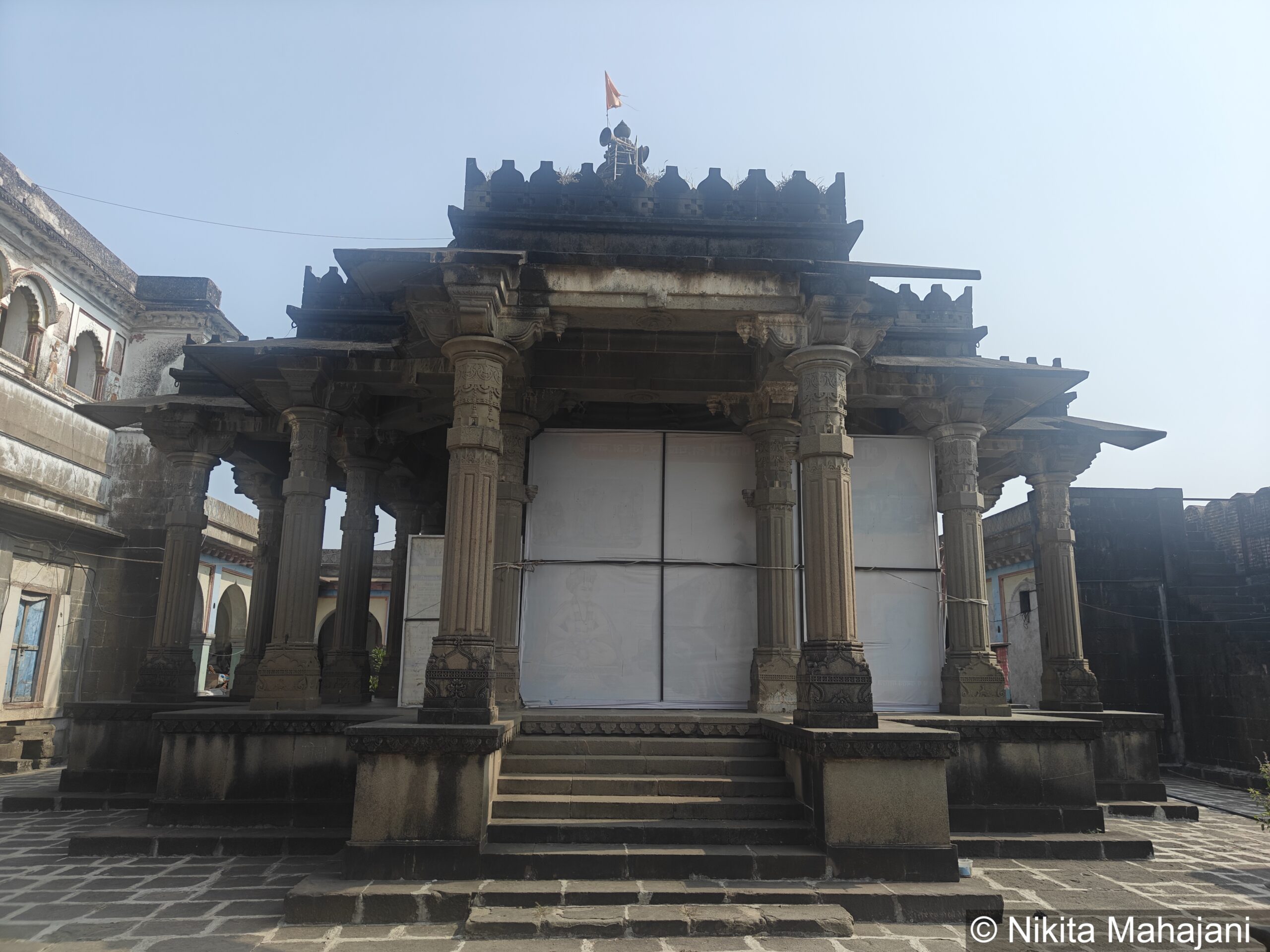
The Vitthal Rukmini Temple is surrounded by a rectangular fortified wall measuring roughly 45 by 25 meters, with rounded bastions at each of its four corners. While the wall’s design is similar to the fortifications around Palashi village, it’s not identical—suggesting they might be from the same period, though that’s not certain. On the northern side of the temple lies a square sunken tank, with small niches in its walls that house various deities. The temple’s main entrance is located beside this tank.
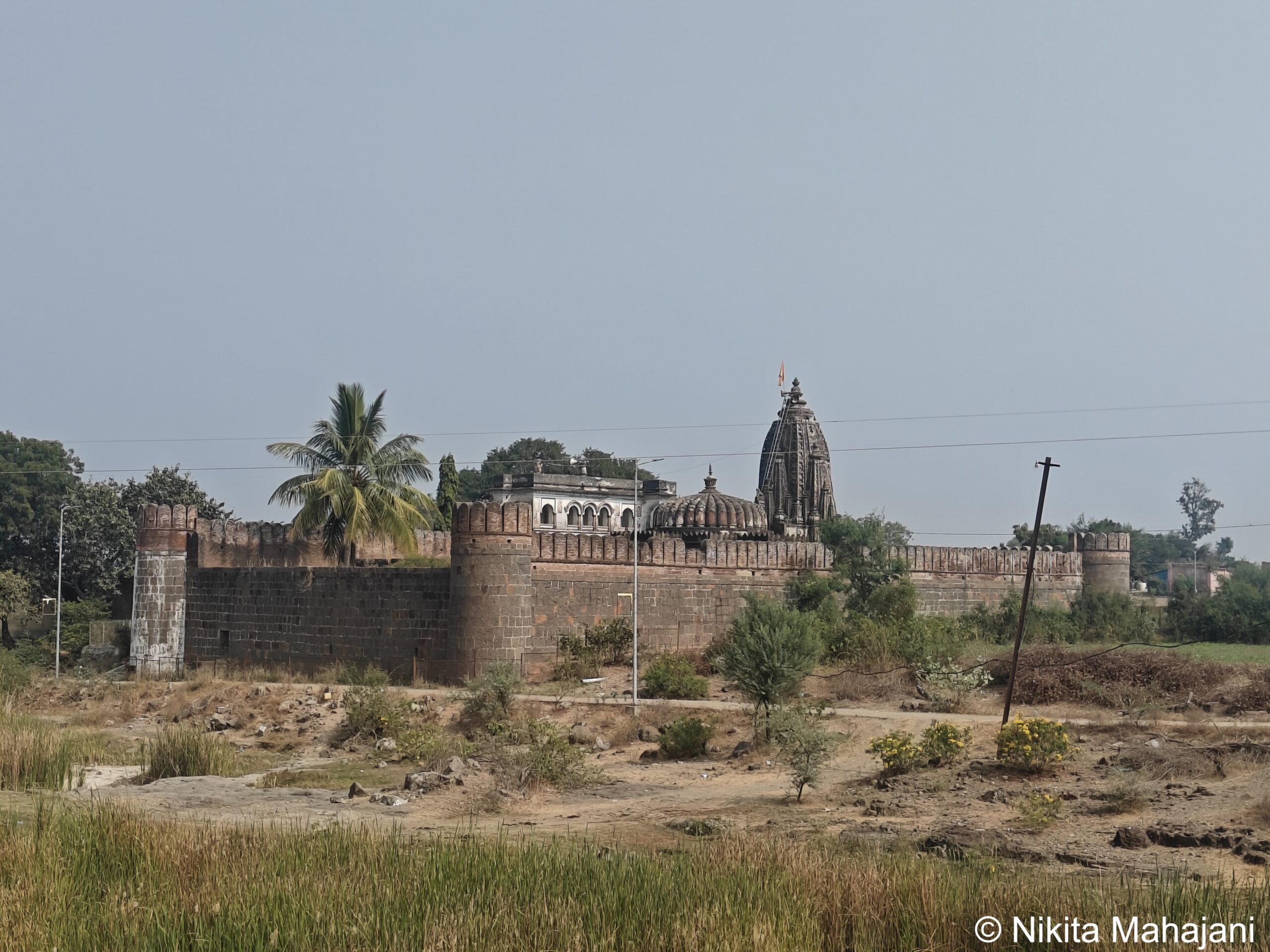
Roughly 70 meters north of the Ganesh and Shiva temples lie two samadhis, located on the edge of a small stream and enclosed by high walls on three sides. Samadhis are memorial structures dedicated to saints, spiritual figures, or respected individuals.
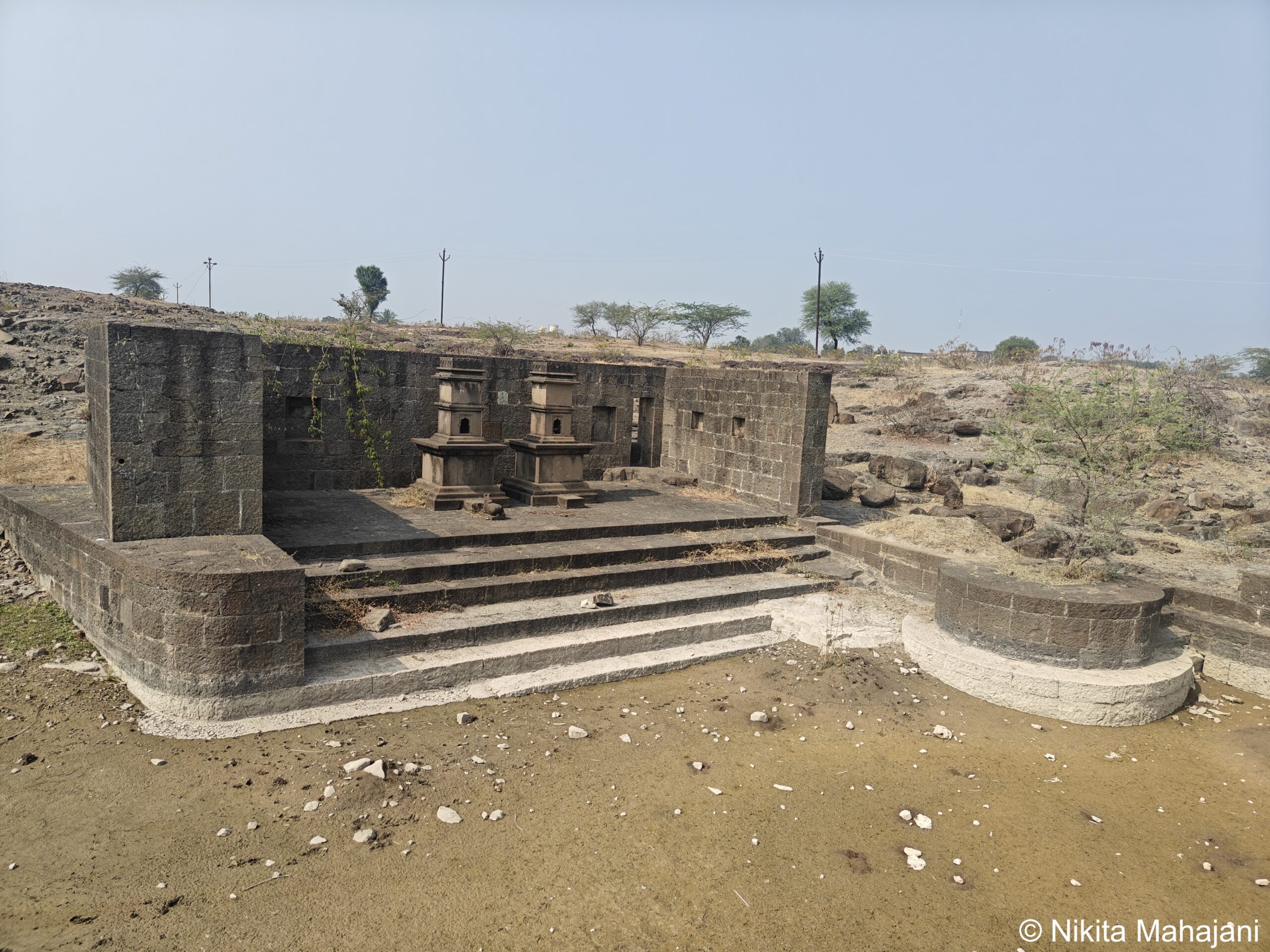
Situated beside a man-made tank, about 90 meters southwest of the Vitthal Rukmini Temple, are the Ganesh & Shiva Temple —classic examples of Maratha-era architecture. Set in a peaceful and scenic location, the area exudes a special calmness, especially during and just after the monsoon season. When I visited, a dry riverbed separated these temples from the Vitthal Rukmini complex, though during the rains it likely becomes a lively stream, enhancing the natural beauty of the surroundings.
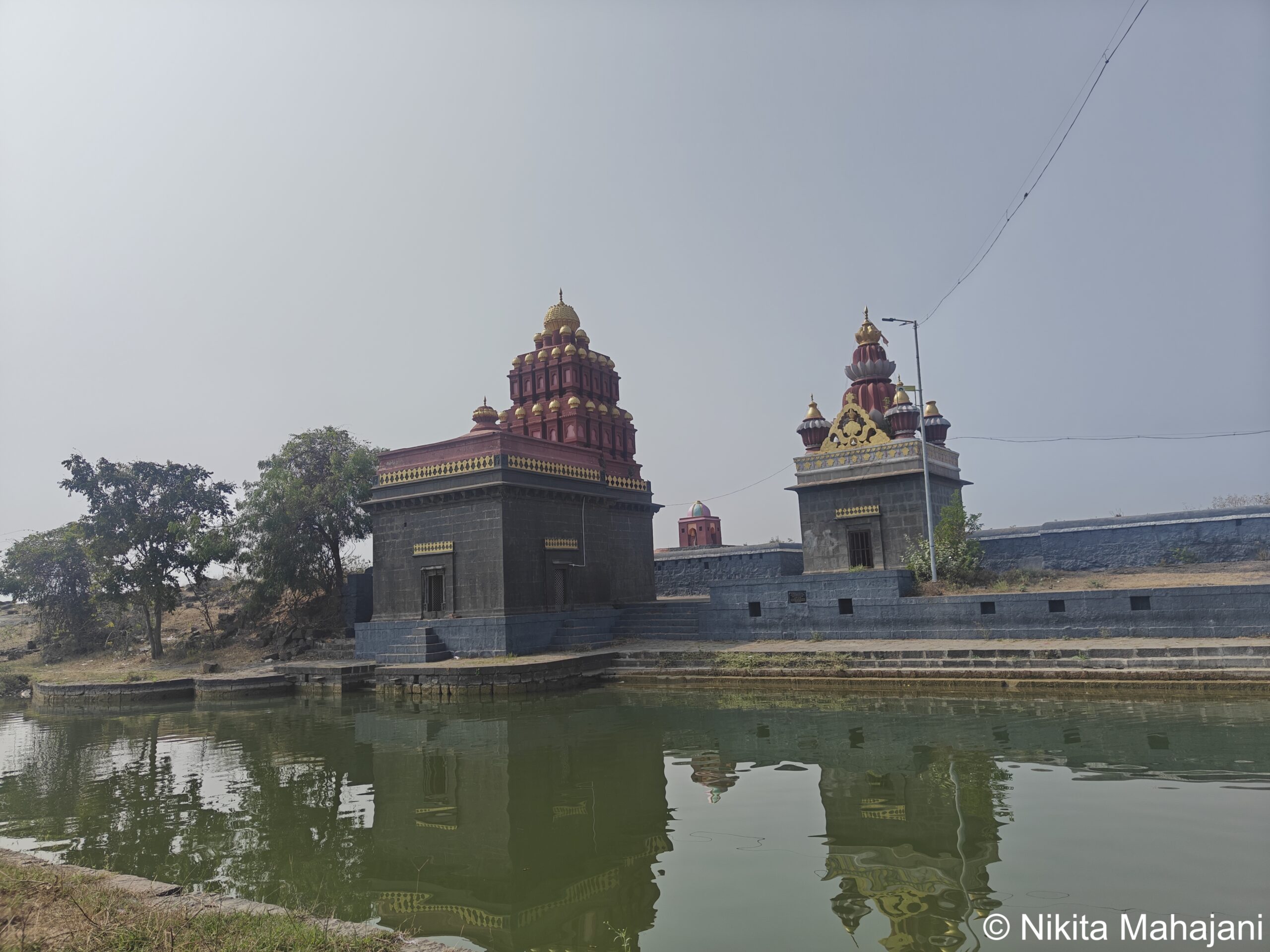
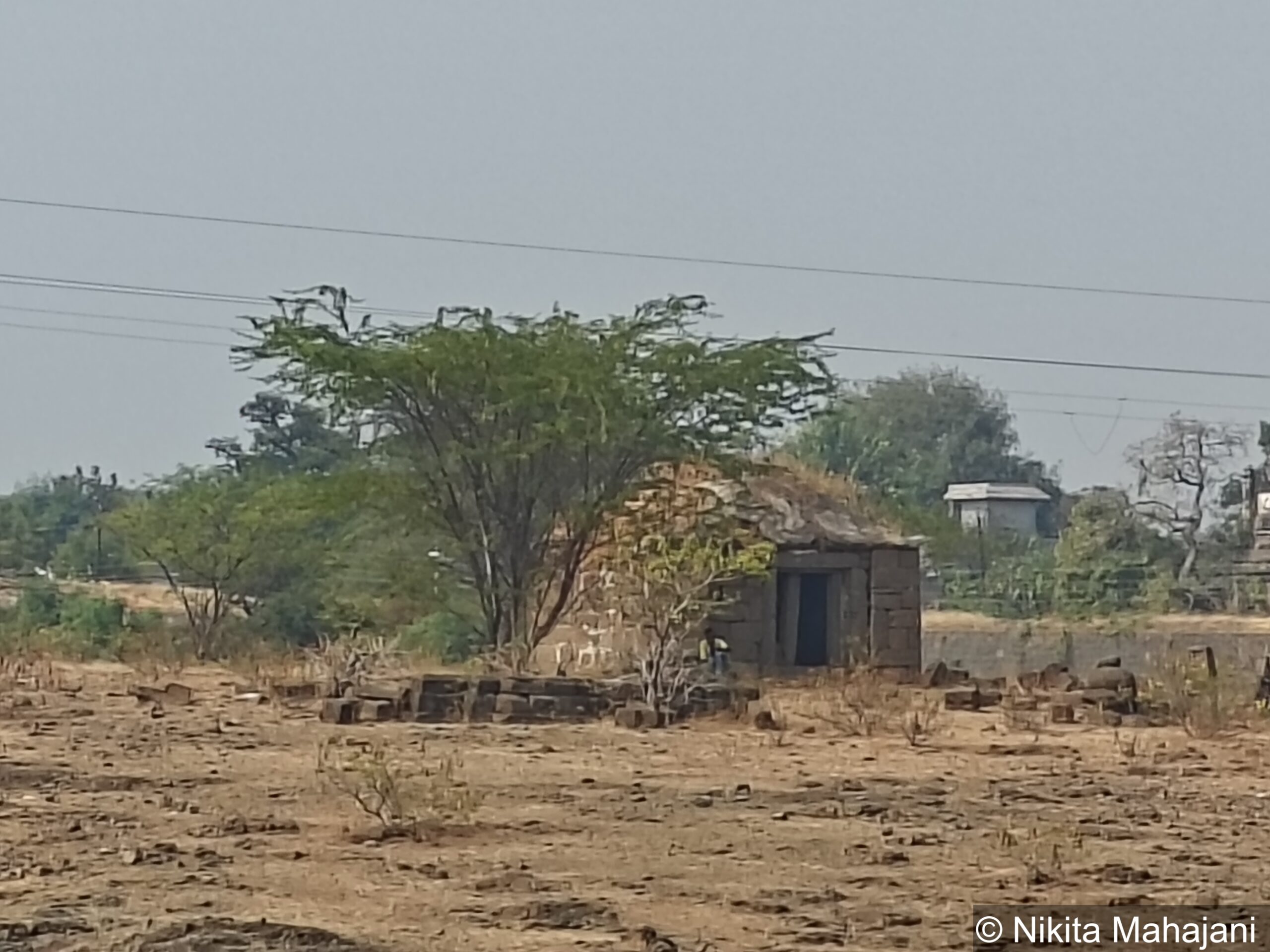
As we made our way back toward the fortified village, we came upon a small Shiva temple, modestly and rather roughly constructed.
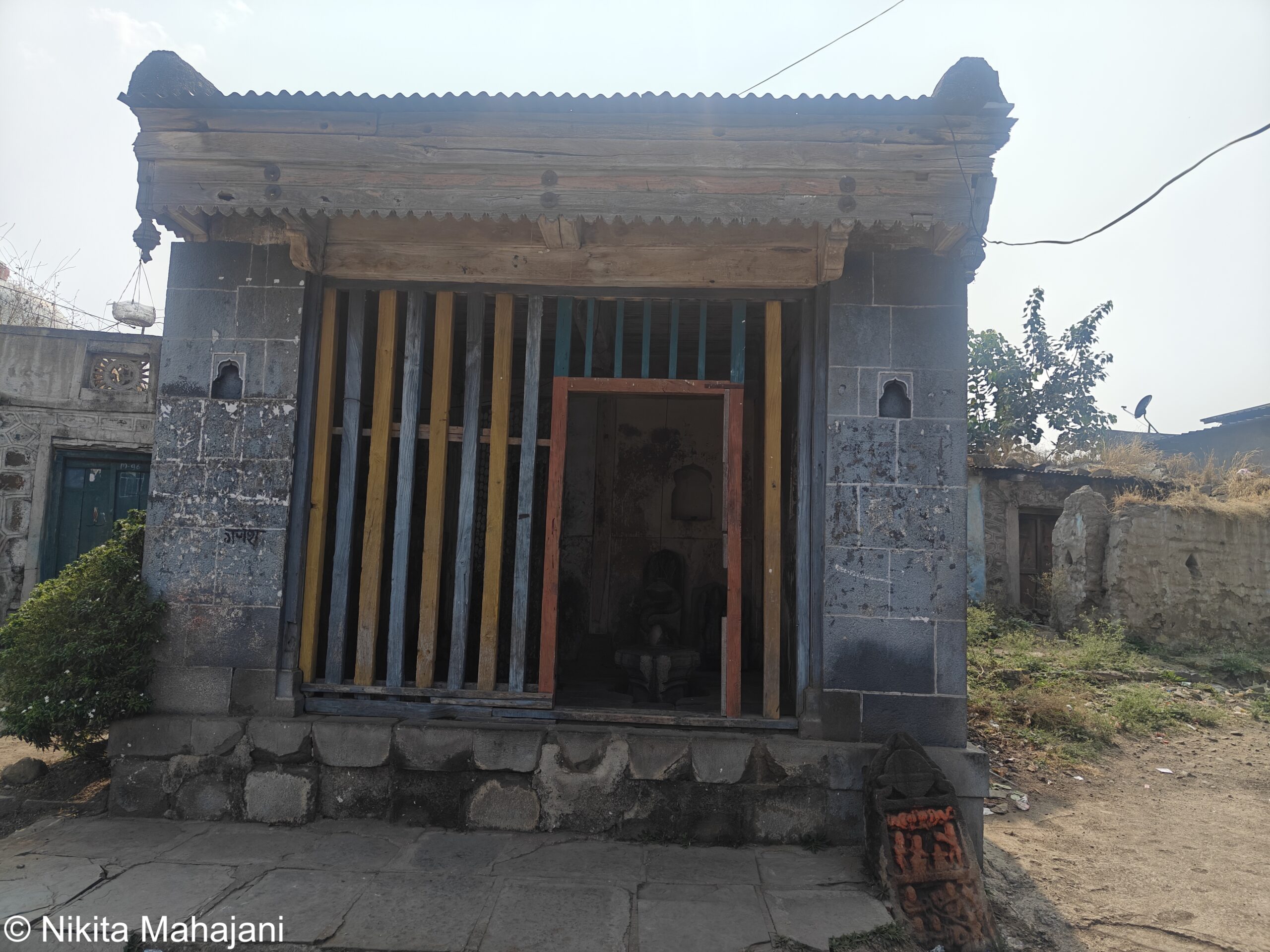
The Nageshwar Temple is a simple structure, made up of just a single room. Inside, there are a few notable carvings—a Shiva Linga and Nandi placed at the center, with figures of Naga and Vishnu-Lakshmi resting against the back wall. A painted Hero Stone leans against the temple’s low platform outside.
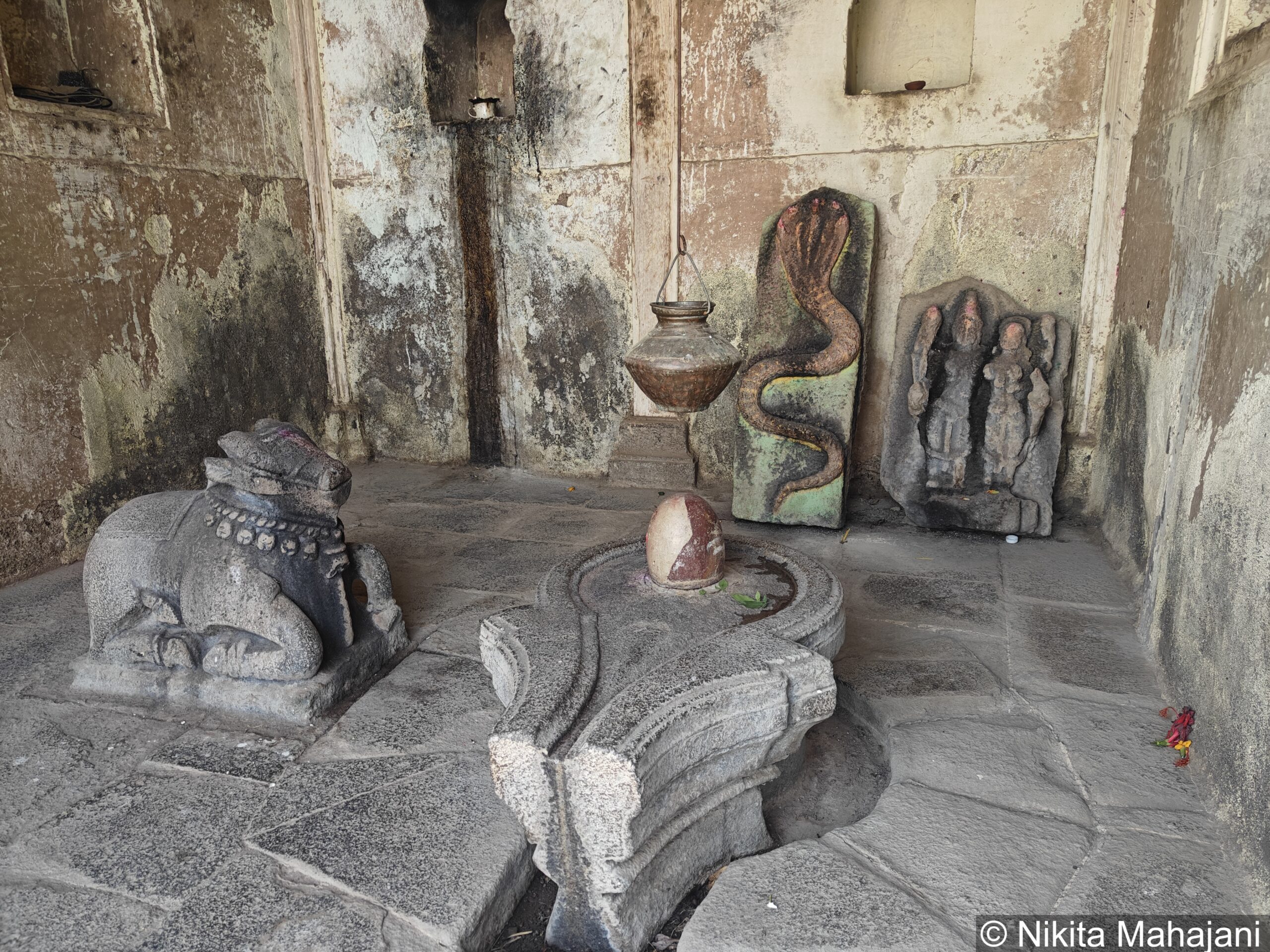
As we approached towards the parking, we came across the ancient Mahadev Temple. Its interior featurs a large dome above the mandapa. Inside the sanctum, there is a white marble Shiva Linga accompanied by Nandi. On the rear wall, there’s a vividly painted image of a female deity. On the exterior back wall of this temple is a carved image of Hanuman.
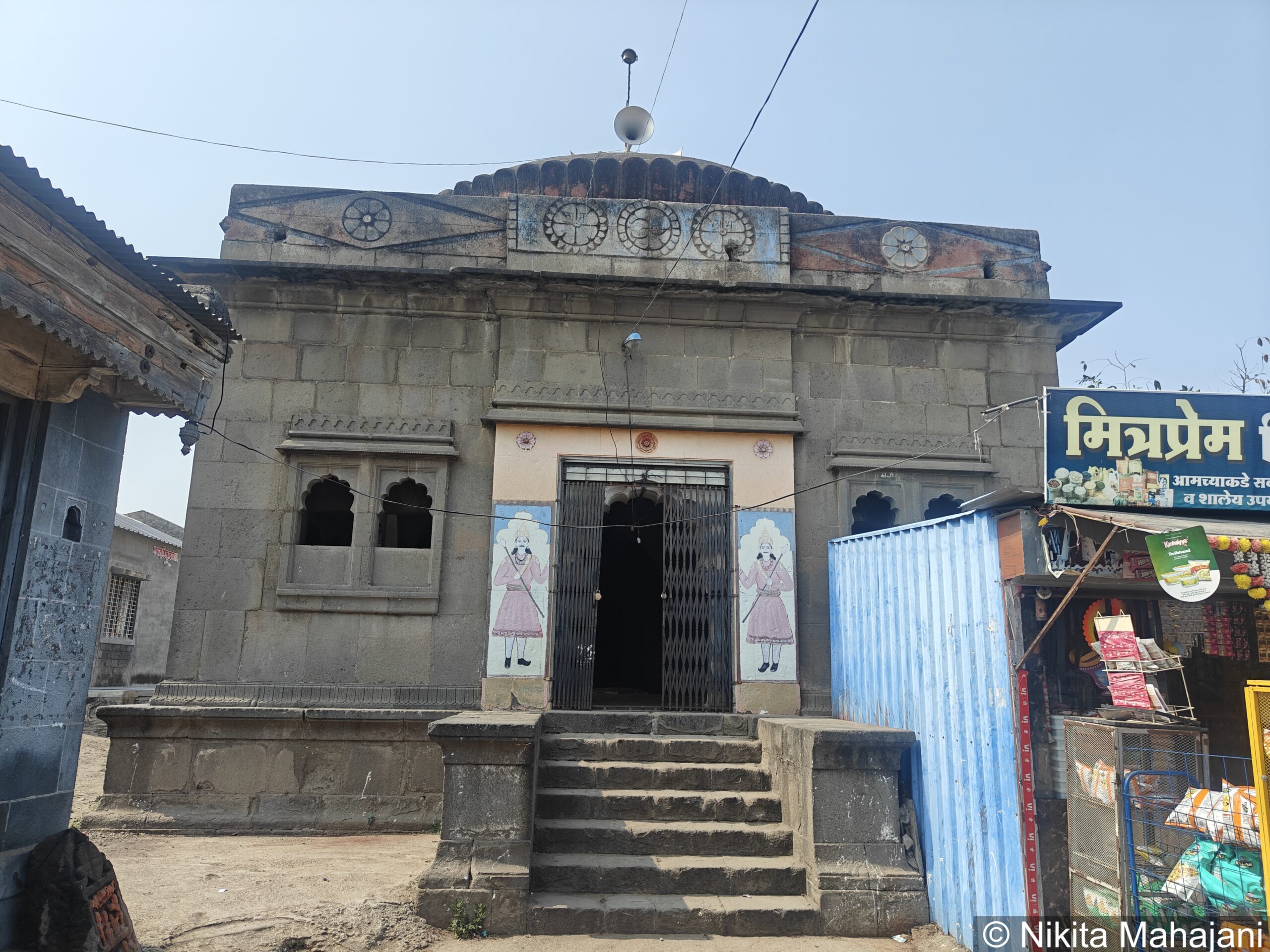
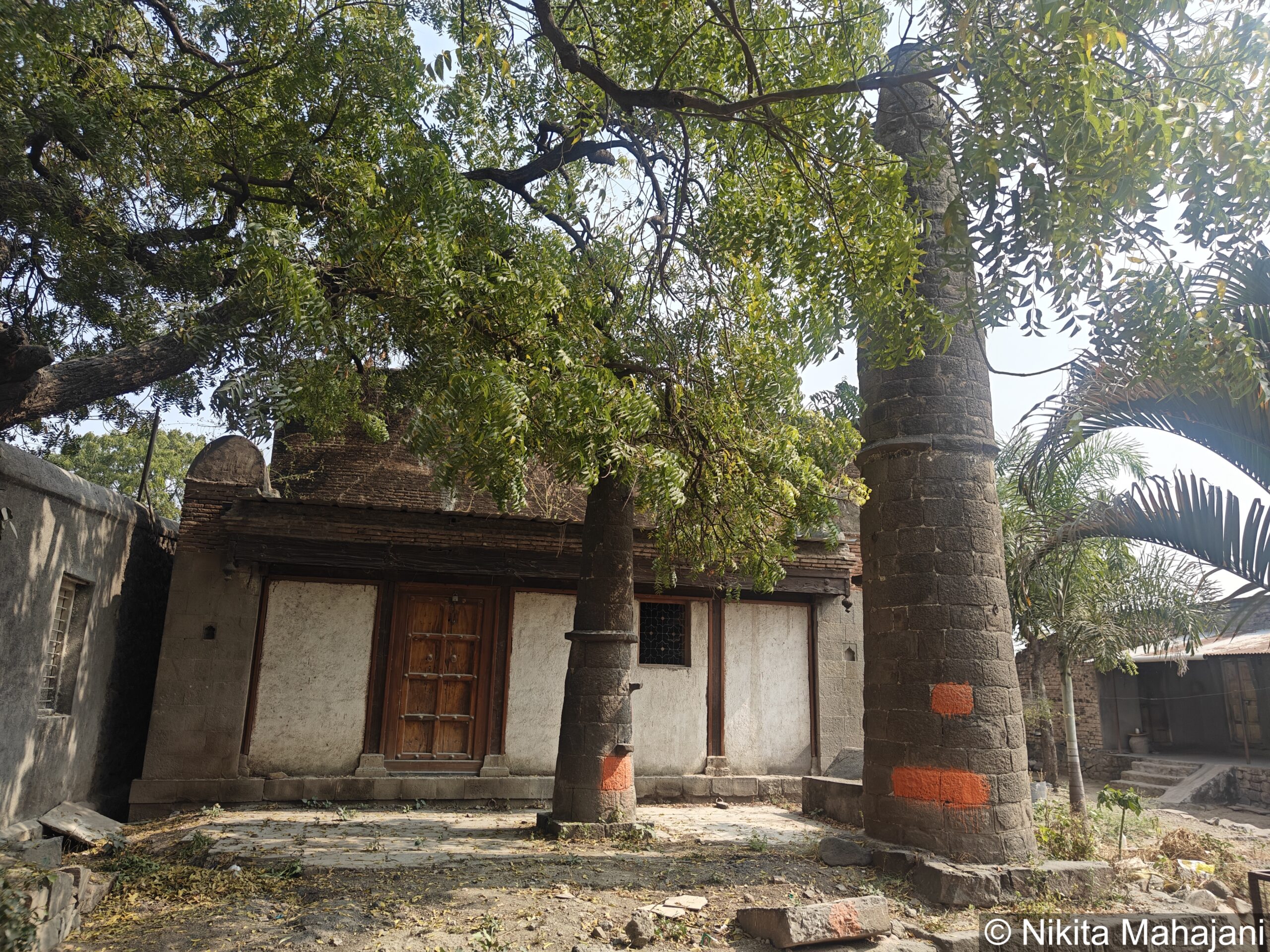
We came across another ancient temple with two deepstambhas. It was locked, so we couldn’t visit it. We started the return journey to Pune and waited at Manchar for lunch. After a delicious lunch at Shivneri Misal, we completed our journey back to Pune, cherishing memories of this enriching trip.
This trip was a perfect mix of history, nature, and spiritual experiences. We returned home with a deeper appreciation for Maharashtra’s hidden gems
Where did we stay ?
Nature Agro Resort, Sangamner.
